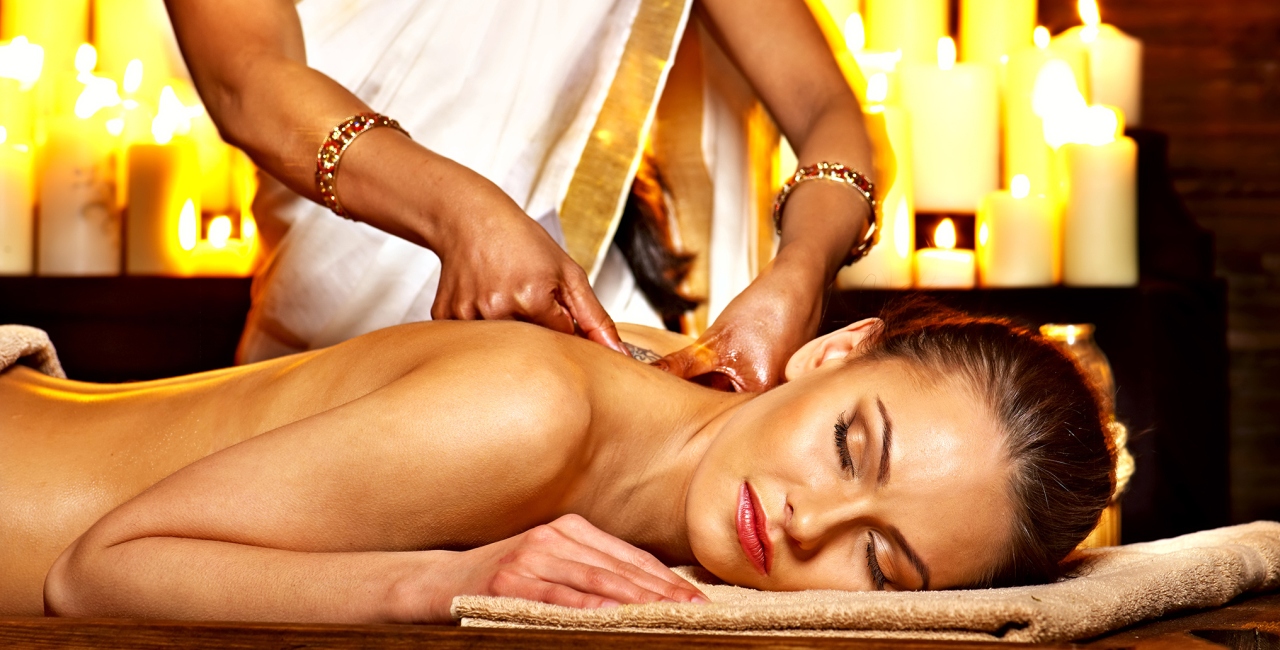24thJuly, 2017
My name is Dimple Vagani, a 36 year old wife and a mother to a School going child. I had been suffering from Arthritis for the past 10 years. Usually people start suffering from arthritis at a later age but because of inheriting from both of my parents’ side; I became a victim from the young age of 26. Doctors gave me pain killers and later steroids. These would give me relief from pain but the disease kept on progressing. I started developing Ulcers due to the constant use of the pain killers and last year, the ulcers ruptured. I had to go through Laparoscopy and the Doctors asked me to stop taking medicines which means the relief from the joint pains also stopped.
My condition became unbearable. My life changed completely. I would not want to move from the chair or do anything, not even play with my child and bond with him. The pain in my joints had taken over my life. My knees had swollen to an extent that it was difficult for me to walk. My fingers had started losing shape and my night mare was the life of a cripple. I became desperate and could not imagine living like a handicapped, physically as well as emotionally. I wanted to be normal again, walk, dance and walk gracefully on heeled sandals, at least when I was attending some functions. I wanted to be happy again.
I started checking on the internet for some alternatives, some answers to cure my arthritis and I stumbled upon the web site of ayurvedakenya. I called them to check if they could really treat my arthritis as promised on their site. They assured me of positive results and on 7th February, 2017, I went for a Consultation. I had taken all my medical records with me. I was thoroughly checked and advised to go through an Ayurveda Panchkarma therapy for 11 days. It is called VIRECHNA. It is some sort of Ayurveda detox that removes the toxins from the body, repairs and rejuvenates the Cells.
I wanted to be well again and agreed to follow the Ayurveda Doctor’s advice. Our Kenyan Insurance companies do not recognize Ayurveda treatments. I was told AETNA and some International companies do support Ayurveda treatment. Indian Government had made it compulsory for the Insurance Companies to recognize alternative medicine .But for me the single most important thing was to be my normal self again. What use is that Insurance that only pays to make me sicker! My family supported me fully for this decision as well as throughout the painful and hard times of my struggle with arthritis.
I went through the 11 days Virechna Panchkarma therapy first that ended on 19th February, 2017. This was to detox my body and help my ruptured ulcers heal.
After two Weeks, I went through Vasti for eight days, another Panchkarma Therapy. It is a specific ayurvedic herbal enema to balance my Vata Dosha and to remove Ama Vata (Rheumatoid Arithritis) from my body.
After 5 months, I can say, I am lot better. I am an active young lady like anyone else of my age. I am able to walk swiftly, even dance and wear 2-3” heals. Once again, I am able to enjoy life. There is some pain during cold weather but that is nothing compared to what it used to be 5 months ago. I do take some oral Ayurveda medicines. I have also made changes to my diet. I was given a chart on what to eat and what not to. I came to know that according to Ayurveda, each individual is born with a specific type of constitution and we should eat what is compatible with our body type. I am becoming more aware of my body’s responses.
I feel so lucky to have found Ayurvedakenya which has given my life back to me. I believe my destiny had opened the ayurvedakenya site in February 2017, so that I could be well again.
Dipsvagani.
Dimple Vagani
Nairobi, Kenya




